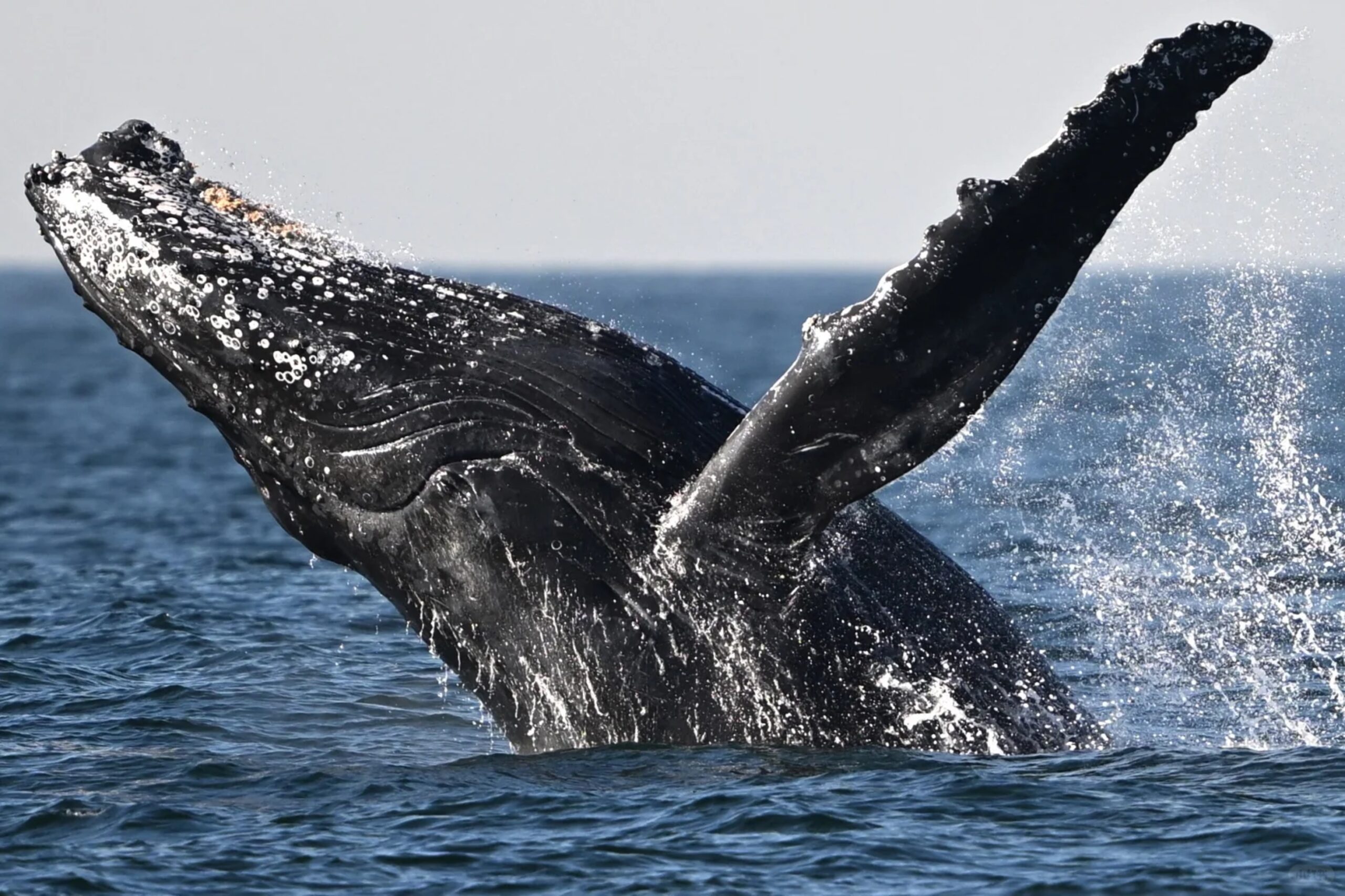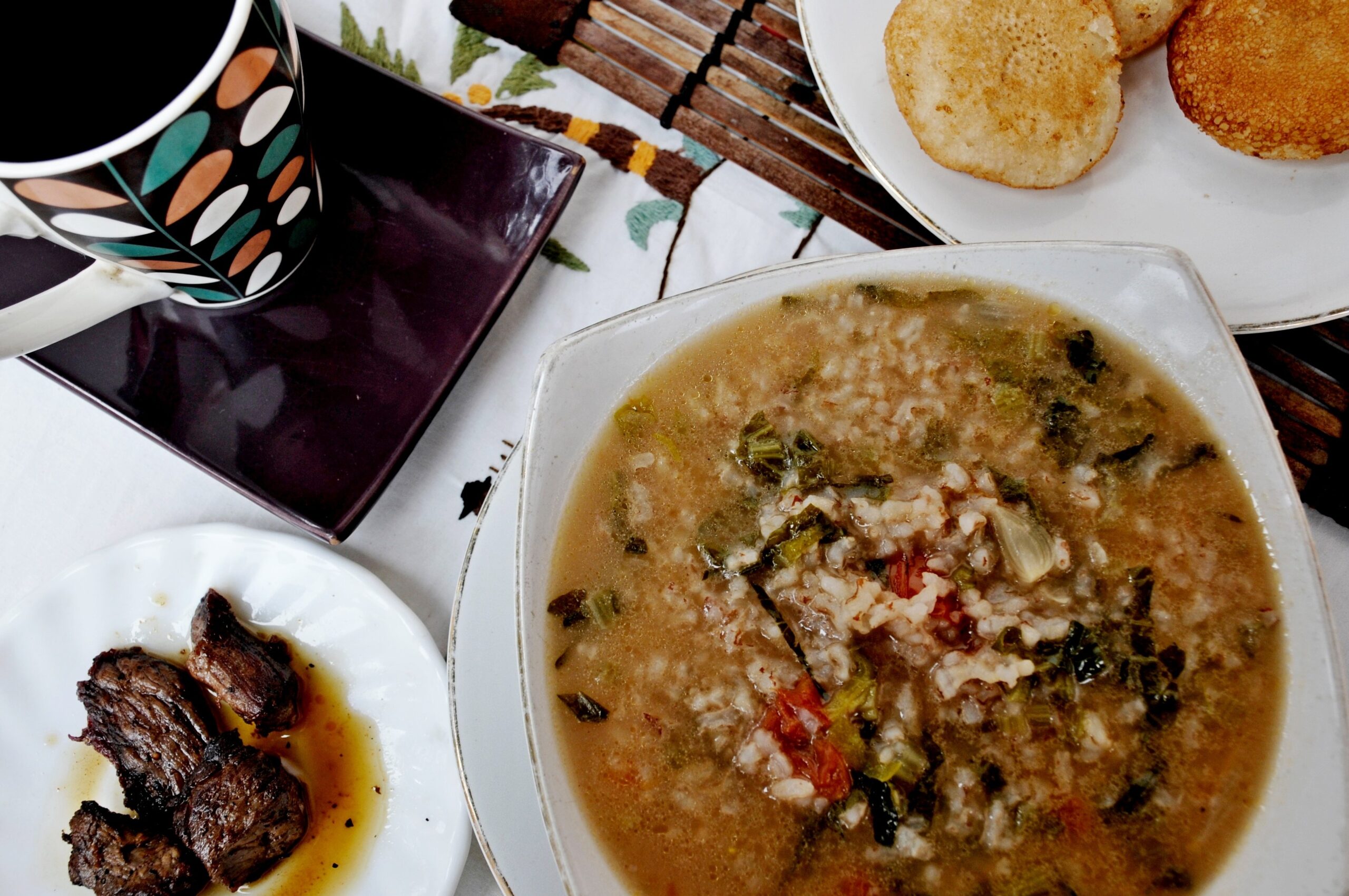Throughout history, art movements have reshaped the way we see and interpret the world around us. Each era brought with it new ideas, styles, and techniques that pushed boundaries and sparked creativity in ways that continue to influence modern art. From the dramatic contrasts of Baroque to the bold simplicity of Minimalism, these movements have left a lasting impact on both artists and audiences alike. Understanding these iconic art movements not only helps us appreciate the art itself but also the cultural and historical shifts they reflect. Let’s explore the most influential art movements that have shaped the creative landscape.
Impressionism
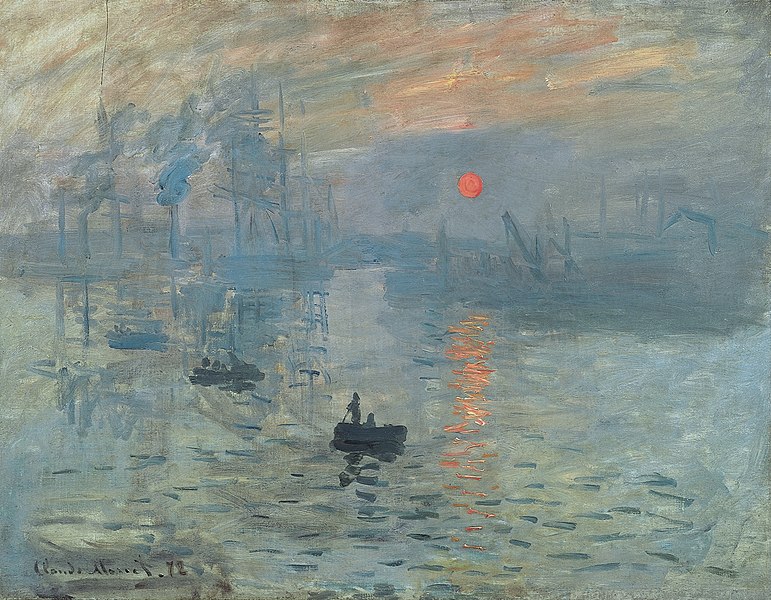
Impressionism began in the late 19th century as a radical departure from traditional art techniques. Artists like Claude Monet and Pierre-Auguste Renoir focused on capturing light, movement, and the passage of time rather than fine details. Their works, often painted en plein air, prioritized spontaneity and atmospheric effects. Short brushstrokes and vibrant colors were key in creating a sense of immediacy. Viewers saw a fresh perspective that blurred outlines and embraced the fleeting nature of moments. Impressionism ultimately reshaped the way people viewed landscape and portrait painting.
Cubism
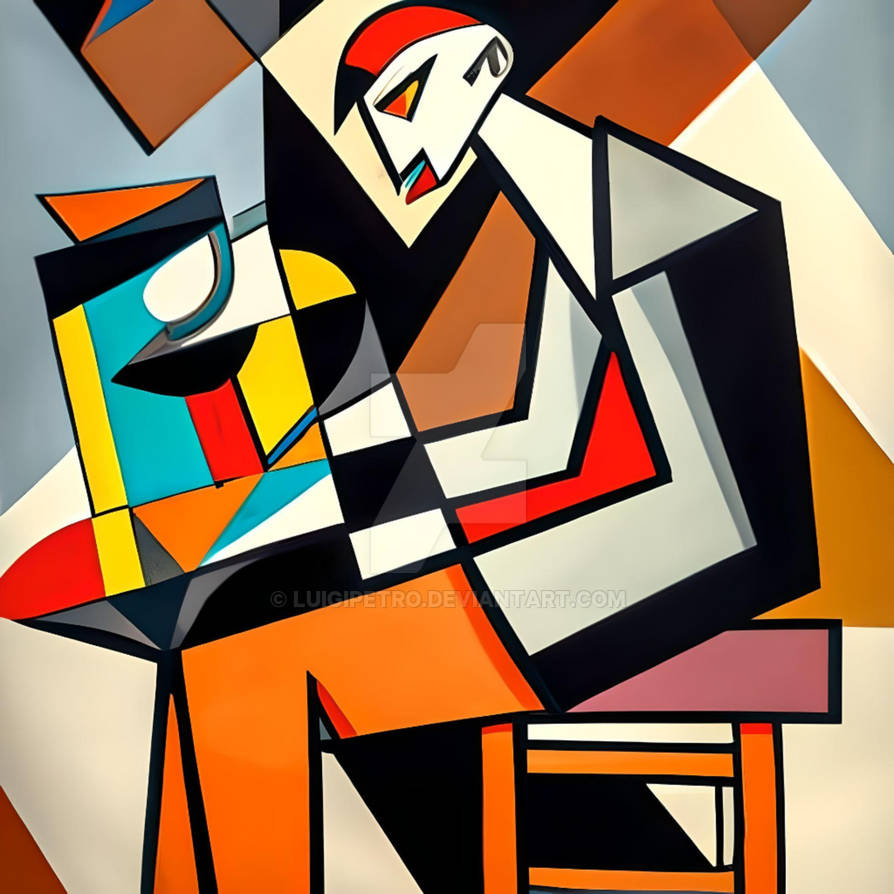
Cubism, pioneered by Pablo Picasso and Georges Braque, shattered conventional ideas of perspective in art. Instead of showing objects from a single angle, Cubist artists depicted multiple viewpoints simultaneously. The movement fragmented subjects into geometric shapes, offering a new and abstract way to view reality. This break from realism challenged the boundaries of visual representation. Both Analytic and Synthetic Cubism pushed the boundaries further, blending objects with their surroundings. As a result, Cubism became a fundamental influence in 20th-century modern art.
Surrealism

Surrealism emerged in the 1920s, rooted in the belief that the unconscious mind holds untapped creative potential. Artists like Salvador Dalí and René Magritte produced dreamlike, often bizarre imagery, attempting to merge reality with the subconscious. They aimed to challenge the limitations of rational thought and explore the strange and unexpected. Automatic drawing, a key technique, allowed artists to create without conscious control. This movement wasn’t limited to visual arts but also deeply influenced literature and film. Surrealism left an indelible mark on how creativity interacts with the human psyche.
Abstract Expressionism

Abstract Expressionism rose to prominence in post-World War II America, with New York City becoming its epicenter. It was defined by spontaneous, dynamic brushstrokes and an emphasis on emotional expression over realistic representation. Artists such as Jackson Pollock and Mark Rothko embraced techniques like drip painting and color field painting to convey intense personal feelings. The movement rejected traditional forms, allowing the act of painting itself to become part of the artwork. This raw energy was seen as a reflection of the chaotic and uncertain times. It paved the way for later movements, including Minimalism and Conceptual Art.
Baroque
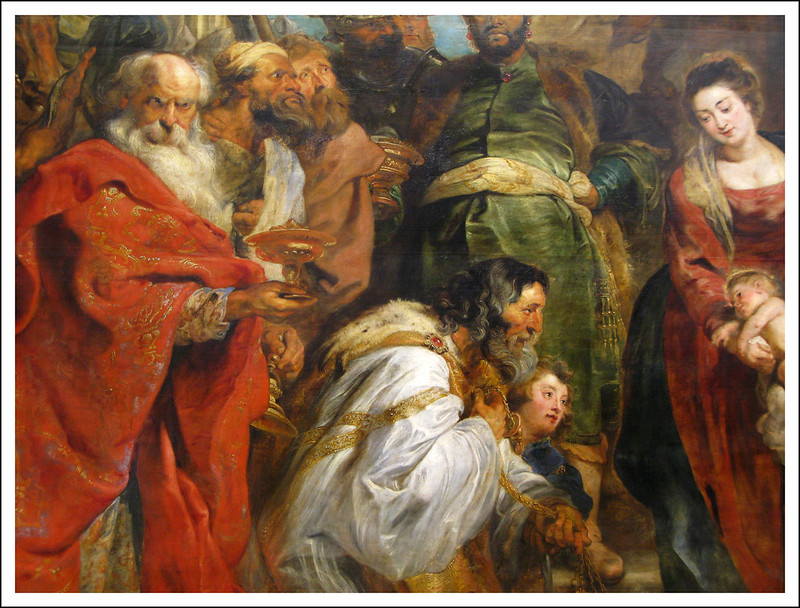
The Baroque art movement, spanning from the late 16th to early 18th centuries, was known for its grandeur, drama, and movement. Artists such as Caravaggio and Peter Paul Rubens used intense contrasts between light and shadow, a technique called chiaroscuro, to heighten the emotional impact of their works. Baroque art often depicted religious and mythological scenes, aiming to evoke a sense of awe and wonder. The movement’s dynamic compositions and lifelike detail drew viewers into the action. Whether in painting, sculpture, or architecture, Baroque art sought to overwhelm the senses. It remains a powerful testament to the emotional potential of art.
Romanticism

Romanticism emerged as a response to the Industrial Revolution and the Enlightenment’s focus on reason. Romantic artists, like J.M.W. Turner and Caspar David Friedrich, emphasized emotion, nature, and individualism over scientific rationality. The movement embraced dramatic, sometimes melancholic, landscapes and depictions of human vulnerability. Romanticism sought to explore the sublime, with artists portraying the power of nature and the human experience of awe. In contrast to the precision of earlier art movements, Romantic works often employed fluid, expressive brushstrokes. This movement became a vital force in shaping modern perceptions of art as deeply personal and emotional.
Renaissance
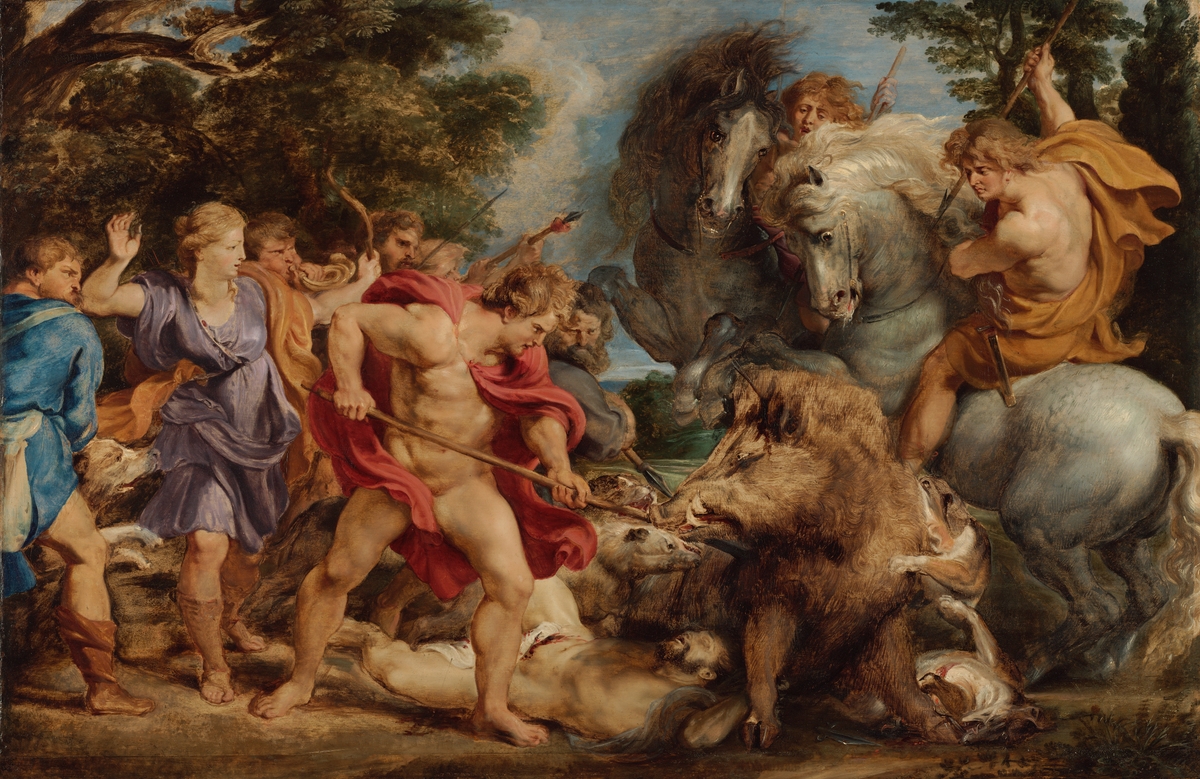
The Renaissance was a rebirth of classical art and learning that began in Italy during the 14th century and spread across Europe. Figures like Leonardo da Vinci and Michelangelo embodied the spirit of this period, emphasizing harmony, proportion, and perspective. The movement sought to blend science, nature, and human emotion in ways that were previously unimagined. A focus on the human figure, often depicted in idealized forms, was central to Renaissance art. Techniques like linear perspective allowed for more realistic and three-dimensional representations. This era dramatically transformed Western art, laying the foundation for many movements that followed.
Pop Art

Pop Art, originating in the 1950s, blurred the line between high art and popular culture. Artists like Andy Warhol and Roy Lichtenstein used mass media and consumerism as central themes, creating works that often incorporated advertising imagery and comic book styles. Bright, bold colors and repetition were characteristic features of this movement. Pop Art questioned the distinction between fine art and everyday objects, turning soup cans and celebrities into icons. By elevating popular culture into the realm of art, Pop Art challenged traditional ideas of what could be considered “art.” This movement remains a crucial commentary on modern consumer society.
Art Nouveau
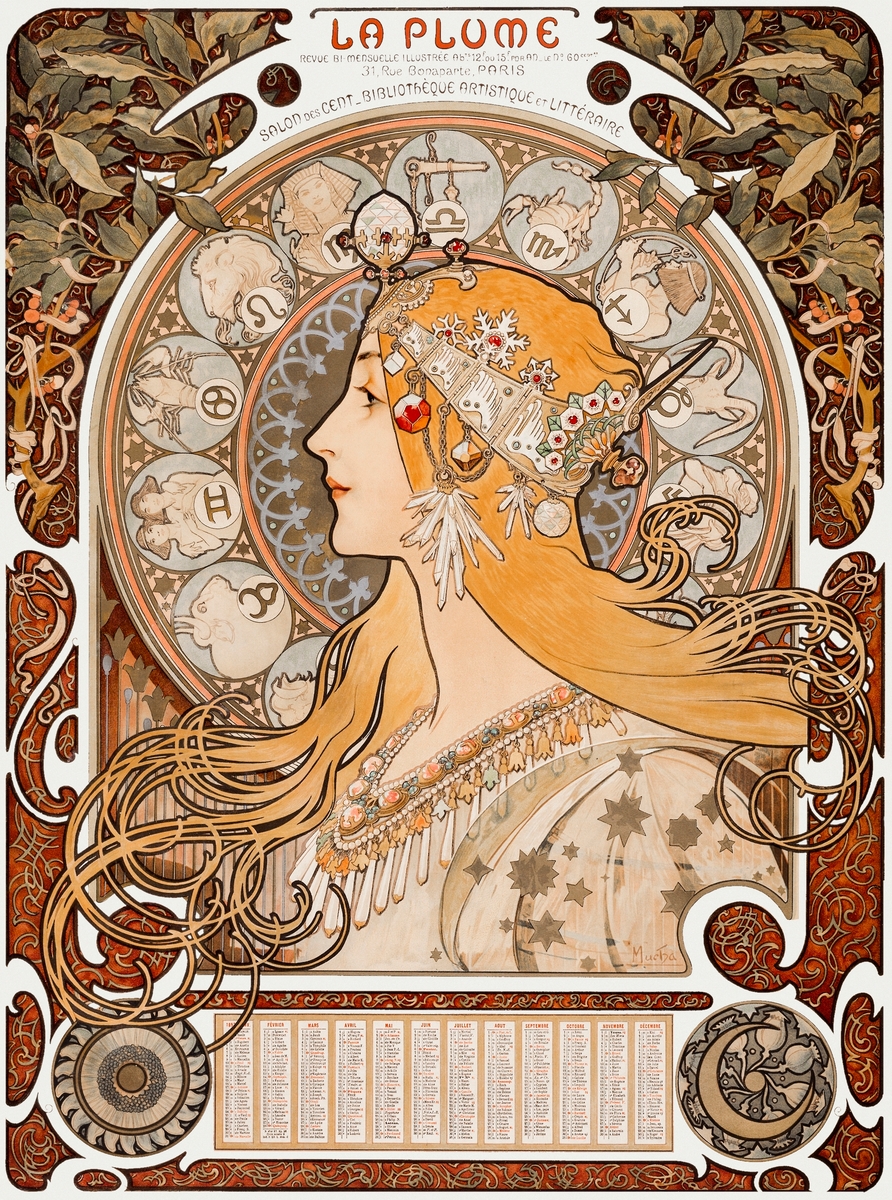
Art Nouveau, prominent at the turn of the 20th century, sought to create harmony between art and nature. Its flowing, organic lines mimicked the curves of plants and flowers, as seen in the works of Gustav Klimt and Antoni Gaudí. This movement impacted everything from architecture and interior design to jewelry and furniture. Art Nouveau was a rejection of industrialization, aiming to bring beauty into everyday objects and surroundings. It emphasized craftsmanship, blending function with artistic form. Though short-lived, Art Nouveau left a lasting influence on design and decorative arts.
Dada

Dada, a radical and anarchic art movement born out of the disillusionment of World War I, sought to upend traditional notions of art. Figures like Marcel Duchamp and Tristan Tzara embraced absurdity, randomness, and anti-art sentiments. Dadaists used unconventional materials, such as found objects, to create provocative, often nonsensical works. This movement rejected the very idea of art as something meaningful or coherent. Instead, Dada aimed to challenge society’s values, questioning the role of art in a world marked by chaos. Though brief, Dada’s influence on later avant-garde movements, particularly Surrealism, was profound.
Realism
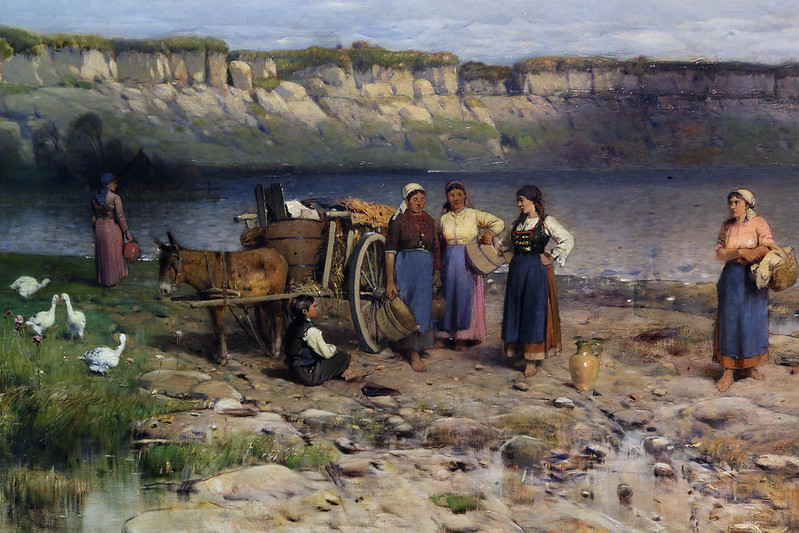
Realism, originating in mid-19th-century France, rejected the idealization of Romanticism in favor of portraying life as it was. Artists like Gustave Courbet and Jean-François Millet focused on everyday people and situations, often depicting scenes of rural and working-class life. This movement emphasized truthful, unembellished representation, making it a stark contrast to the more imaginative art forms that preceded it. The brushstrokes were often broad and visible, emphasizing the physicality of the painting process. Realism sought to elevate the common person, portraying them with dignity and respect. In doing so, it opened the door for later movements to explore deeper social issues.
Fauvism
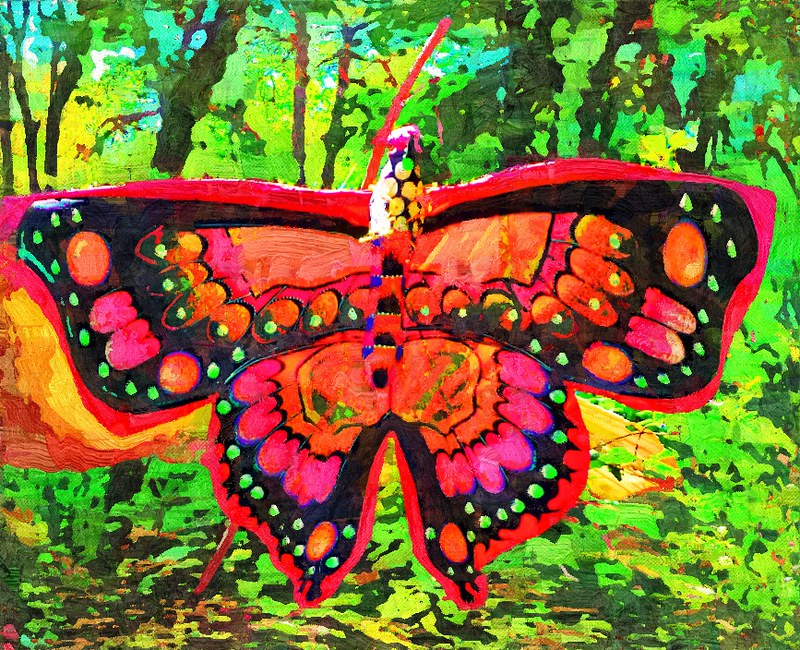
Fauvism, led by Henri Matisse, was a brief but influential movement in the early 20th century known for its bold use of color. Fauvists believed that color should be expressive and emotional, rather than realistic. They often used unnatural hues to convey mood, creating striking contrasts that gave their work an intense vibrancy. The movement emphasized spontaneity and instinct in the creative process. Simplified forms and exaggerated perspectives also set Fauvism apart from earlier styles. Though short-lived, Fauvism’s daring approach to color influenced many later movements, including Expressionism and Abstract art.
Expressionism
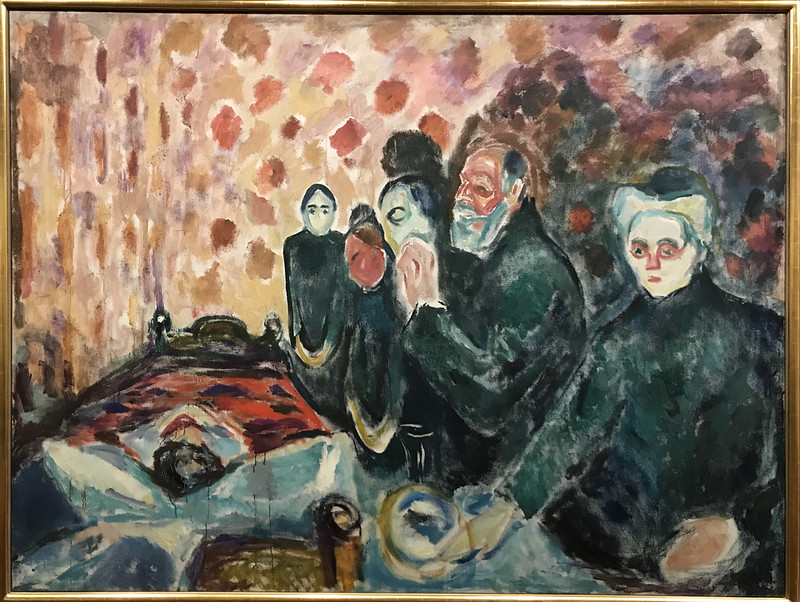
Expressionism, emerging in Germany in the early 20th century, sought to portray emotions and subjective experiences rather than objective reality. Artists like Edvard Munch and Egon Schiele used distorted forms, bold colors, and exaggerated lines to convey inner turmoil and intense feeling. The movement was a reaction against the industrialized world and a return to raw, emotional expression. Expressionist art often dealt with themes of alienation, anxiety, and despair, reflecting the uncertainty of the times. Through their work, Expressionist artists hoped to evoke a visceral response from viewers. It remains a key movement in the evolution of modern art.
Neoclassicism
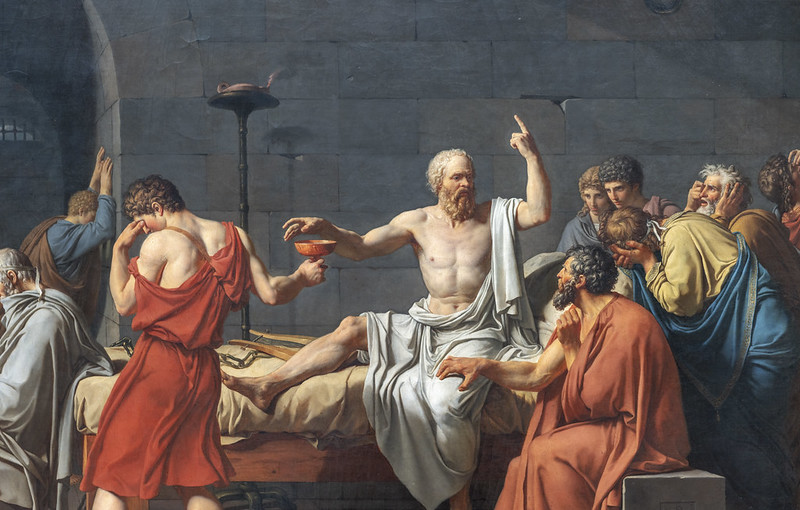
Neoclassicism, popular in the late 18th and early 19th centuries, sought to revive the classical ideals of ancient Greece and Rome. Artists like Jacques-Louis David focused on themes of heroism, sacrifice, and civic duty, often portraying historical or mythological subjects. The movement emphasized clarity, order, and symmetry, contrasting with the excesses of Baroque and Rococo art. Neoclassical paintings typically featured clean lines, balanced compositions, and restrained color palettes. This return to classical principles coincided with the Enlightenment’s focus on reason and discipline. Neoclassicism left a lasting impact on both visual art and architecture.
Post-Impressionism
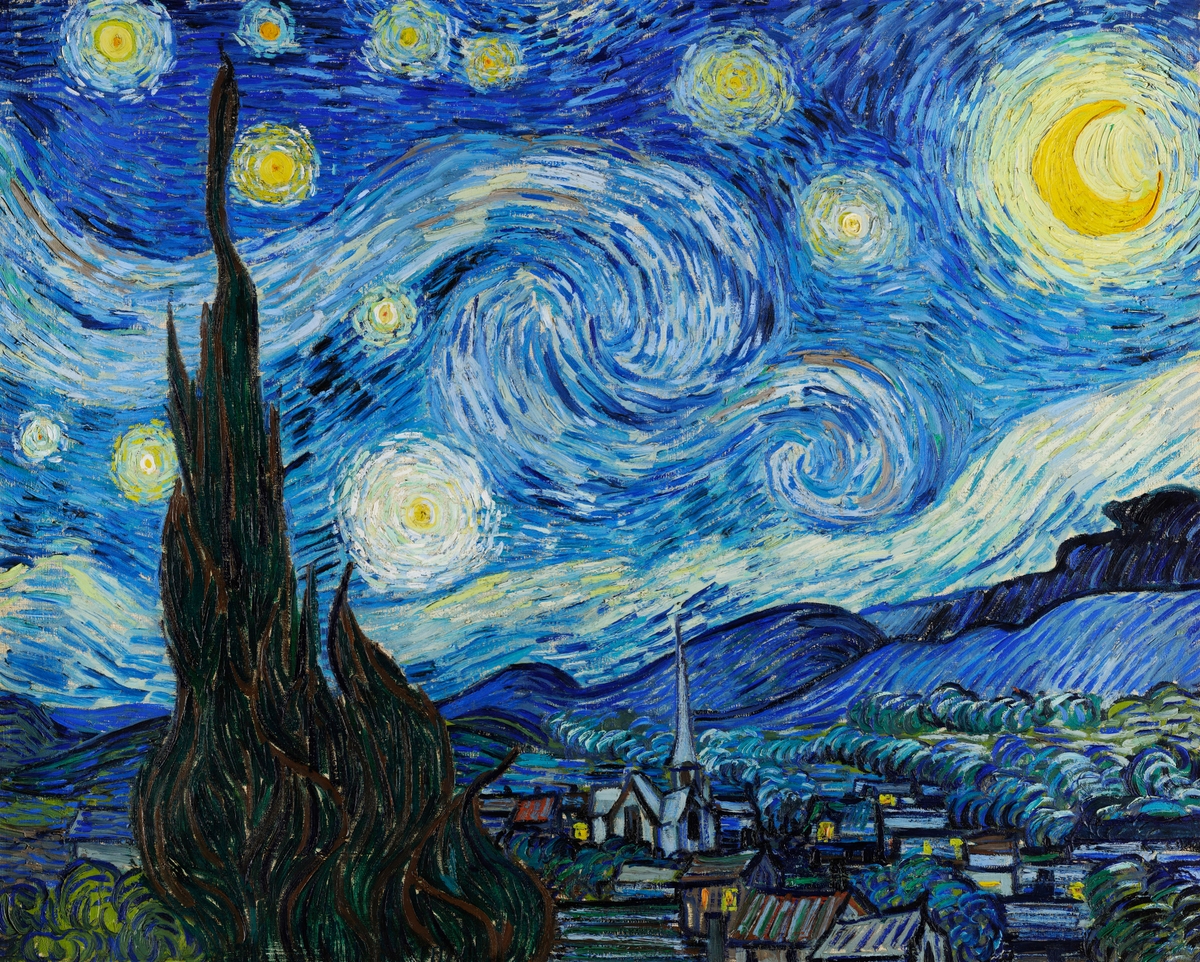
Post-Impressionism developed as a reaction to the fleeting, light-focused approach of Impressionism. Artists such as Vincent van Gogh and Paul Cézanne sought to bring more structure, emotion, and symbolism into their work. The movement retained some Impressionist techniques but emphasized deeper psychological and symbolic content. Each artist pursued distinct personal styles, ranging from Van Gogh’s emotional brushstrokes to Cézanne’s systematic approach to form and color. Post-Impressionism paved the way for later developments in modern art, including Expressionism and Cubism. It allowed artists to express their individual interpretations of the world around them.
Minimalism
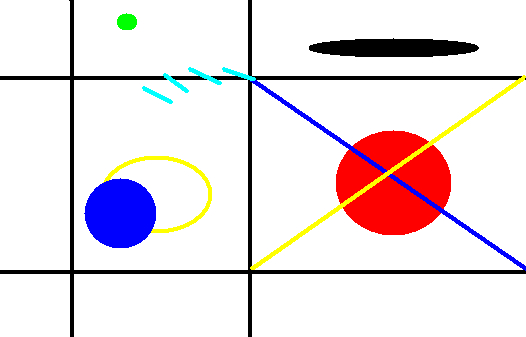
Minimalism, emerging in the 1960s, embraced simplicity and stripped-down forms in opposition to the complexity of earlier art movements. Artists like Donald Judd and Frank Stella sought to reduce art to its fundamental elements, removing any unnecessary details or emotional expression. Their works often used industrial materials and geometric shapes, focusing on form, space, and the viewer’s experience. By rejecting symbolism and subject matter, Minimalism challenged viewers to engage with the purity of the visual experience. This movement also influenced architecture, design, and even music. It remains a touchstone for those seeking clarity and precision in creative expression.
Art Deco

Art Deco, a popular design style in the 1920s and 1930s, combined modernist styles with fine craftsmanship and rich materials. Its bold geometric shapes, bright colors, and lavish ornamentation reflected the optimism and glamour of the Roaring Twenties. Artists and designers like Tamara de Lempicka and Erté incorporated elements of Cubism, Futurism, and Bauhaus, creating a style that was both forward-thinking and decorative. Art Deco’s influence extended beyond fine art into architecture, fashion, and industrial design. It became synonymous with luxury, elegance, and modernity. Today, Art Deco remains a symbol of the era’s exuberance and style.
Rococo

Rococo, which flourished in 18th-century France, was characterized by ornate detail, light colors, and playful themes. Artists like Jean-Antoine Watteau and François Boucher created works that emphasized elegance and whimsy, often depicting scenes of leisure and love. Rococo was a reaction against the grandeur of Baroque art, opting for a more intimate, decorative style. The movement focused on beauty and sensuality, using delicate brushwork and soft pastels to create dreamlike atmospheres. Rococo’s influence extended to architecture and interior design, making it a dominant style of its time. Though later criticized for its frivolity, Rococo remains a defining expression of aristocratic culture.
Futurism
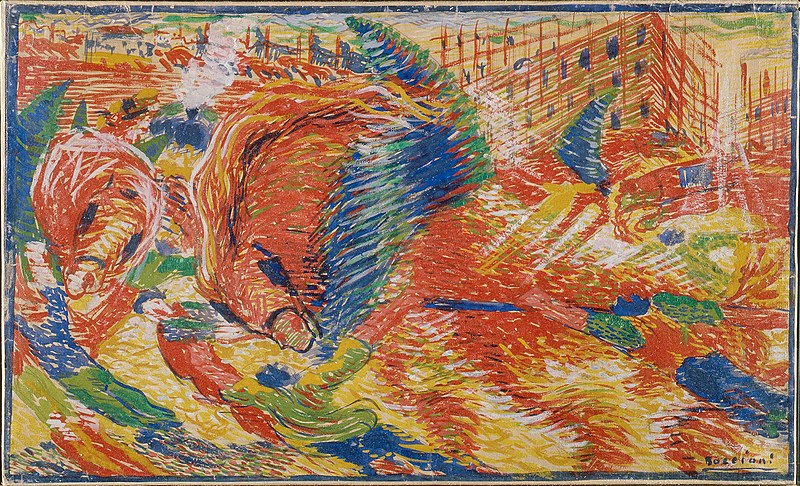
Futurism, originating in Italy in the early 20th century, celebrated technology, speed, and the energy of the modern world. Artists like Umberto Boccioni and Giacomo Balla sought to capture the dynamism and movement of the industrial age. They depicted machines, urban landscapes, and motion in fragmented, abstract forms. Futurism aimed to break away from traditional art and embrace the future, rejecting the past entirely. The movement was deeply tied to political and social change, aligning itself with the rise of modernity. Futurism’s influence can be seen in later movements, such as Vorticism and Constructivism.
Bauhaus
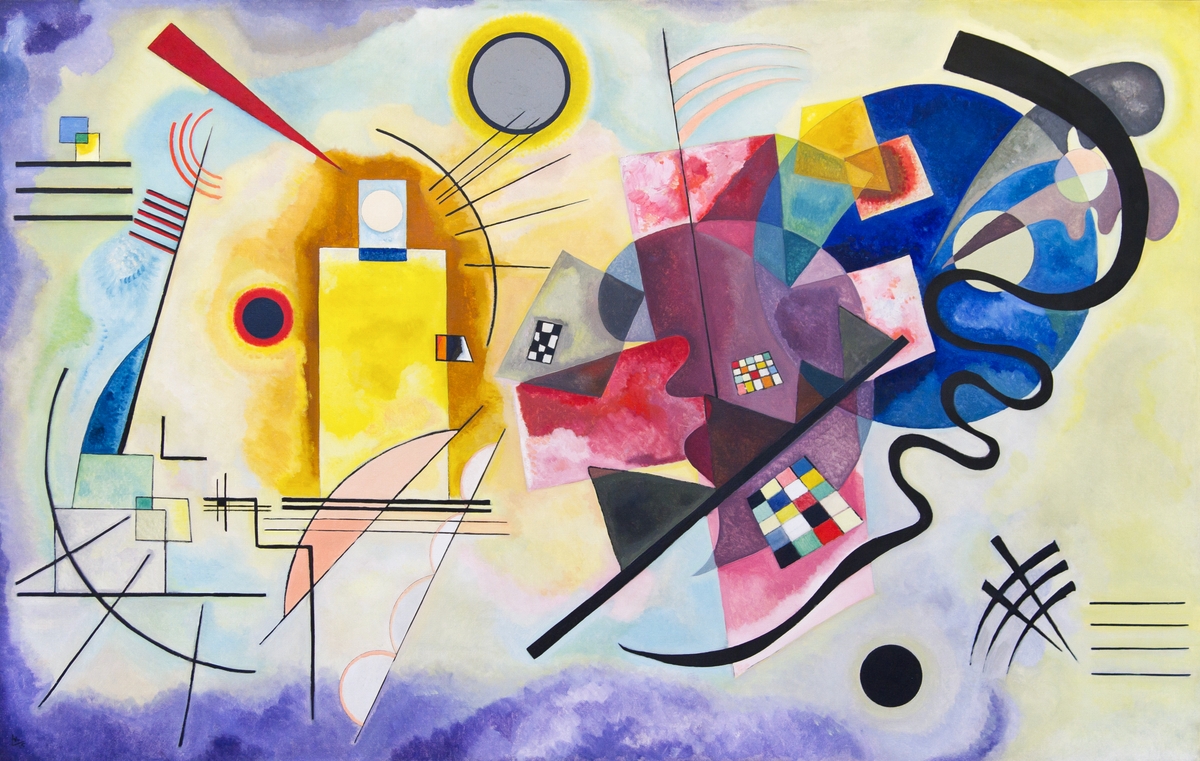
Bauhaus was both an art movement and a revolutionary school of design founded in Germany in 1919 by Walter Gropius. It sought to bridge the gap between art, craft, and industrial design, emphasizing functional, minimalist aesthetics. Bauhaus artists and architects, such as Paul Klee and Wassily Kandinsky, promoted the idea that form should follow function. This approach extended to everything from architecture and furniture to typography and textiles. Bauhaus had a profound influence on modern architecture and design, shaping the principles of simplicity, efficiency, and beauty. Its legacy continues to influence design worldwide.
This article originally appeared on Rarest.org.
More From Rarest.Org
The ocean is home to some of the most graceful creatures on Earth. Marine mammals glide effortlessly through its depths, showcasing their beauty and power. Read more.
Isolated islands often hide secrets, and some of the world’s most mysterious creatures live in these remote areas. These animals have evolved uniquely, shaped by their environment and isolation. Read more.
The world is full of culinary treasures, with some of the most unique flavors found in the most remote places. Isolated regions, shaped by geography and climate, often have cuisines that are truly one of a kind. Read more.

